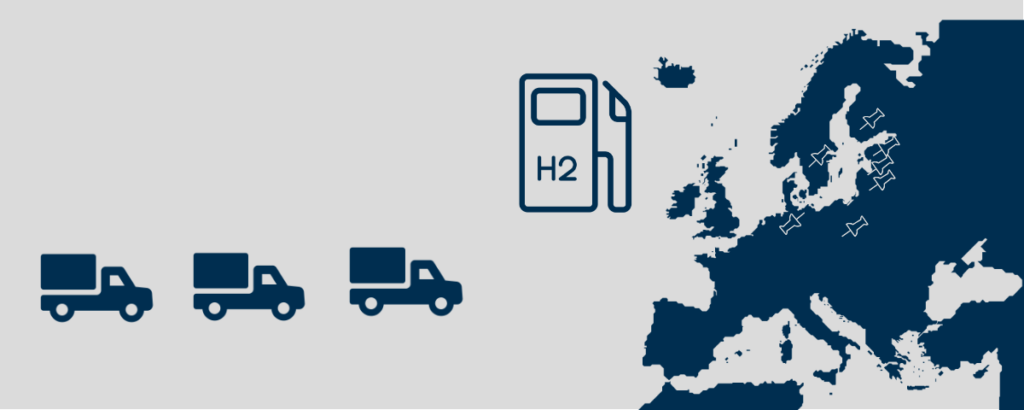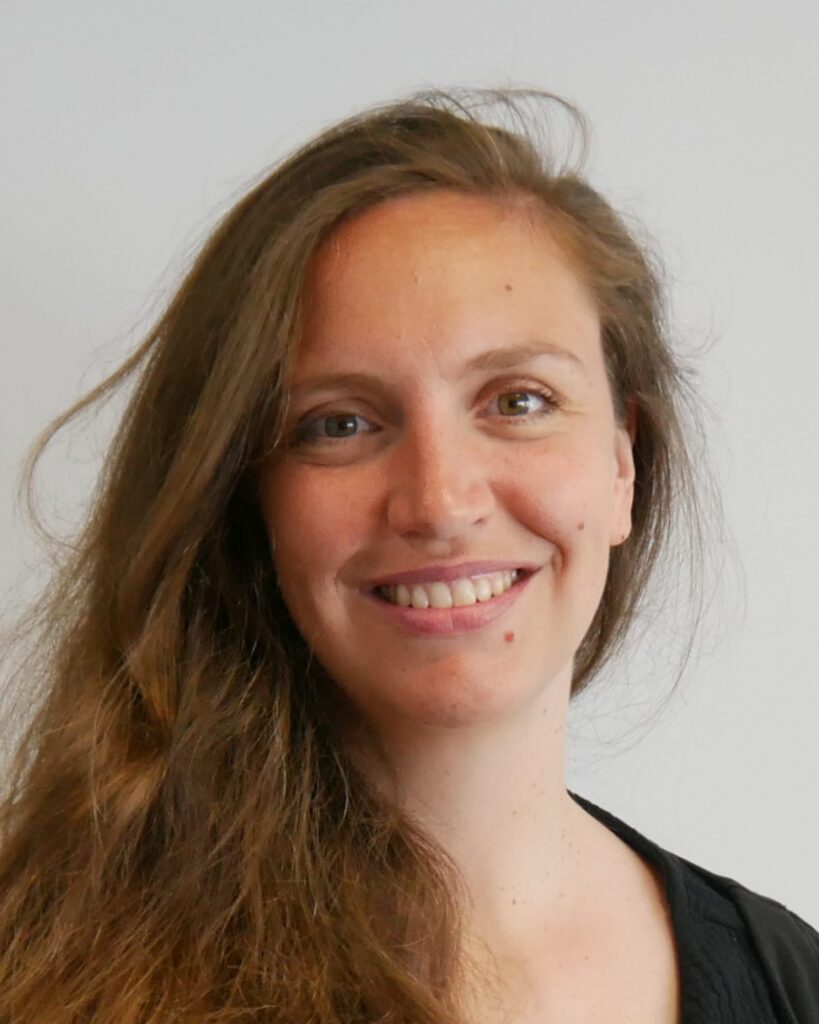Study of the regional strategy for the development of hydrogen filling stations for fuel cell trucks in the Baltic Sea region (HyTruck)

Project description
The project HyTruck is developing a transnational spatial development concept for the construction of a regional infrastructure for filling stations for hydrogen-powered trucks in the Baltic Sea region. Various partners from the Baltic Sea region are involved. The project aims to help achieve the goals of the Alternative Fuels Infrastructure Regulation (AFIR).
Creating and testing a guide to building the infrastructure
In the first phase, the researchers will consider spatial, economic, ecological factors and technology standards for the development of the filling station infrastructure. They will summarize the results in a guide. They will be testing and optimizing the guidelines in pilot projects in different regions of the Baltic Sea region. After the projects in the individual countries have been completed, they will develop a regionally coordinated spatial development concept for hydrogen filling stations.
One-stop shop for planning a hydrogen filling station infrastructure
Another result of the project is a so-called one-stop shop. This should make the planning phase easier for everyone involved when setting up a hydrogen filling station infrastructure. It willalso standardize the process. All necessary and relevant data for this can be found in the application.
Public Sector Support
The HyTruck project isintended to inform the public sector about developments of hydrogen infrastructure, because the public sector does play an important role in the development of hydrogen infrastructure, as it can coordinate, monitor and commission it. However, the sector currently has little experience in this area. The end result is simpler and more efficient processes.
Solving the chicken and egg problem
A well-developed hydrogen infrastructure reduces barriers for those who want to purchase hydrogen-powered trucks. At the same time, the predictable demand for heavy-duty traffic represents an advantage for planning and the potential utilization of filling stations. By removing infrastructure obstacles, transport service providers will switch to alternative drives more quickly. The coordinated development of a hydrogen infrastructure in the Baltic Sea region can solve the chicken-and-egg problem for alternative drives.
Tasks
- Creation of a guideline for the planning of hydrogen filling stations for trucks in the Baltic Sea region
- Incorporation of new findings into the guidelines from the implementation of pilot projects by other project partners


